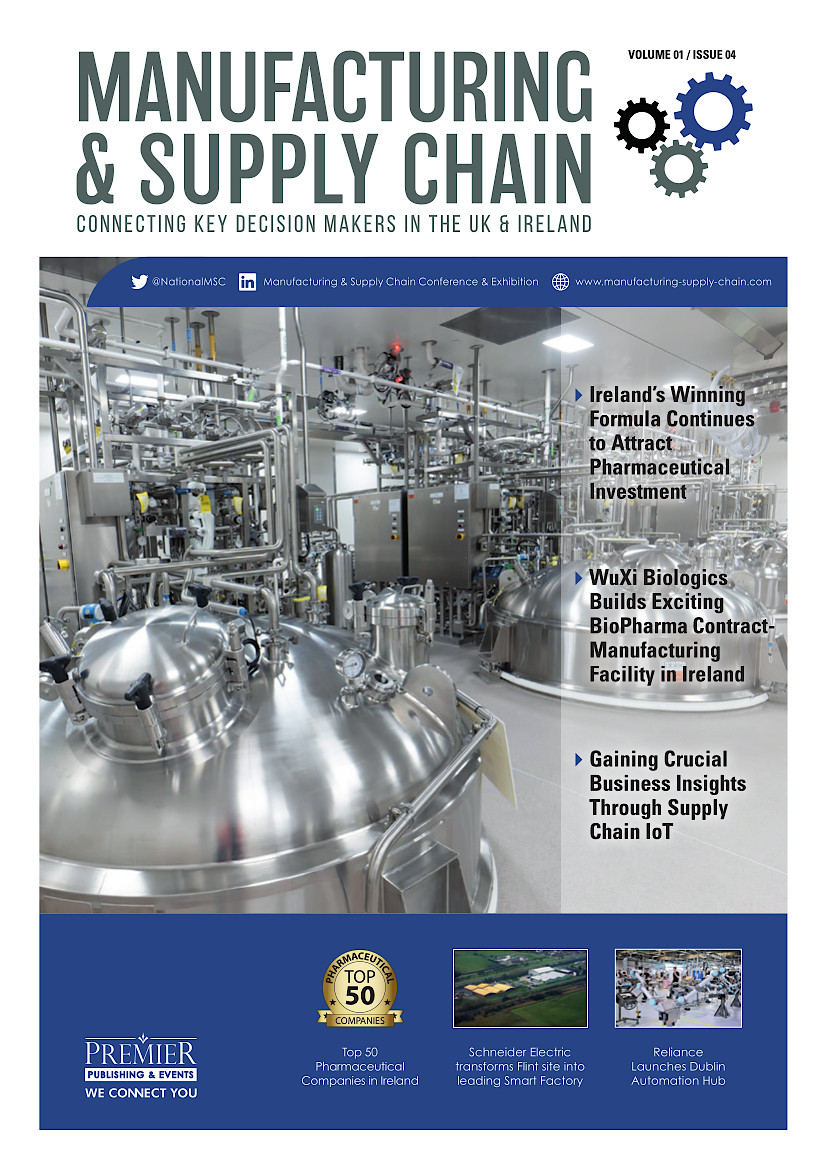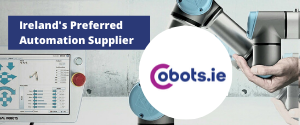Sales Slump at Premier Foods But Trading Profit Rises

UK food group Premier Foods has reported a 2.1% increase in trading profit to £48.1 million for its underlying business despite a 6.1% fall in sales to £364.4 million in the first half to 30 June 2014. Sales of the company’s Power Brands declined by 4.9%, while non-branded sales were 6.0% lower. Support brands decreased by £8.5 million to £83.3 million.
The increase in underlying business trading profit reflected good cost control and margins along with re-phasing of some consumer marketing expenditure to the second half of the year.
The weak sales performance in the first half was caused by a combination of market and company specific factors, according to Premier Foods. The most significant of these were milder weather and the company’s more disciplined approach to promotional activity.
 “I’m pleased to report a modest increase in trading profit in the first half of the year, despite a fall in sales volumes which reflects the challenging market conditions in our categories,” says Gavin Darby, chief executive of Premier Foods. “We are adapting quickly to the changing external environment through retaining a tight control of costs and margins and have a strong programme of consumer marketing and new product introductions planned for the second half of the year. Assuming normal weather patterns, we expect an improved second half branded sales performance and our Trading profit expectations for the year remain unchanged.”
“I’m pleased to report a modest increase in trading profit in the first half of the year, despite a fall in sales volumes which reflects the challenging market conditions in our categories,” says Gavin Darby, chief executive of Premier Foods. “We are adapting quickly to the changing external environment through retaining a tight control of costs and margins and have a strong programme of consumer marketing and new product introductions planned for the second half of the year. Assuming normal weather patterns, we expect an improved second half branded sales performance and our Trading profit expectations for the year remain unchanged.”
He continues: “Following an update of our category plans, we remain convinced of the medium and long-term potential for our brands to deliver profitable growth. We plan to continue investing in innovation, marketing, our supply chain capabilities and our people to create long-term shareholder value.”
Over recent months, Premier Foods has identified a number of previously deferred capital expenditure projects across the supply chain which offer attractive financial paybacks. These projects will support the company’s ongoing initiative to reduce manufacturing costs without excessively increasing capital expenditure. Capital expenditure for the year to December 2014 is expected to be around £40 million-£45 million and £20 million-£25 million in 2015.



























